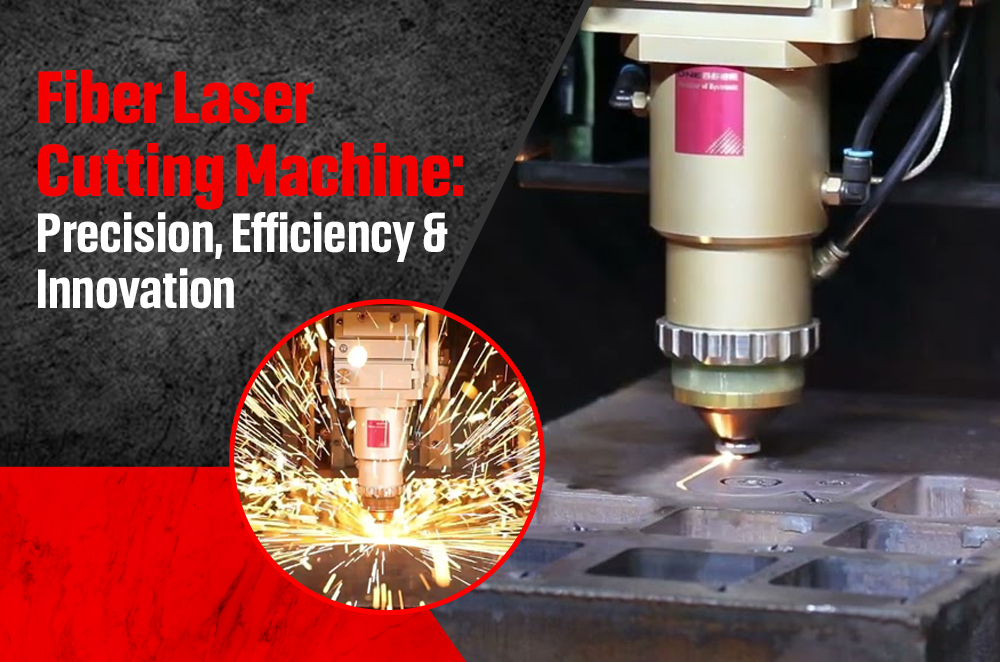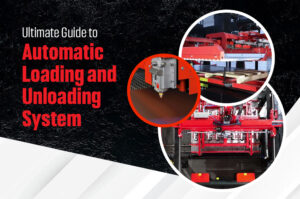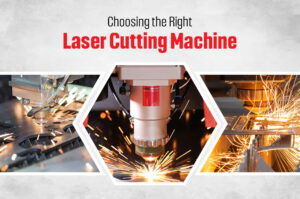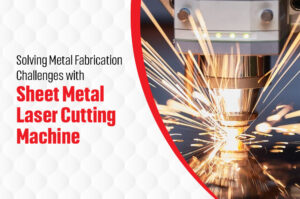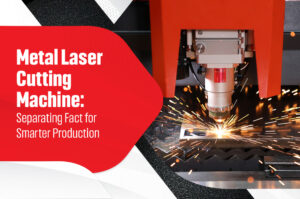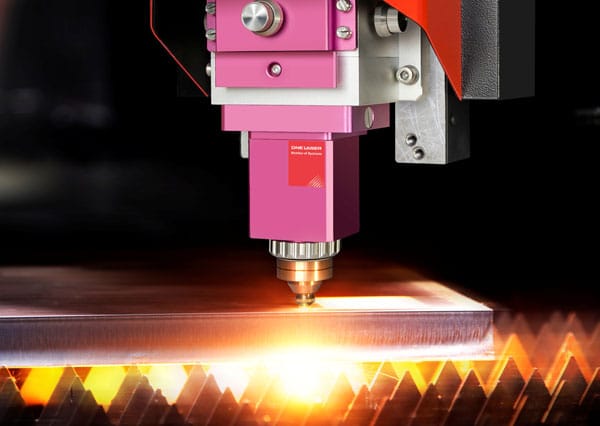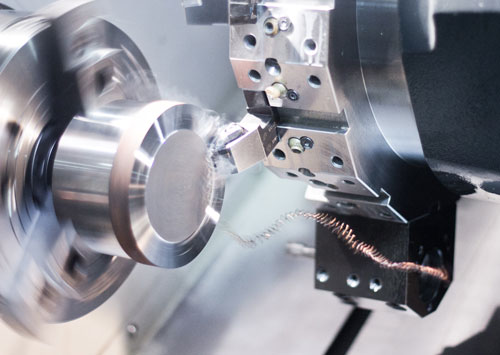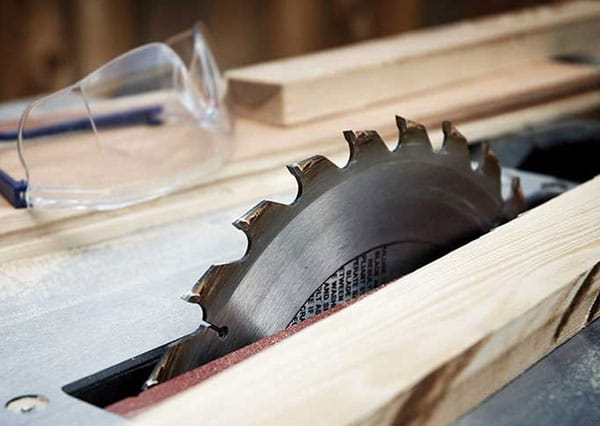Fiber laser cutting machine have replaced conventional fiber cutting techniques and manufacturing systems to bring impressive accuracy, flexibility, and speed. With the change in industries and the need for high standard production, these machines have become indispensable throughout many sectors. This paper provides detailed information about fiber laser cutting machines including their features, use, and benefits in an endeavor to market the versatile technology to prospective investors.
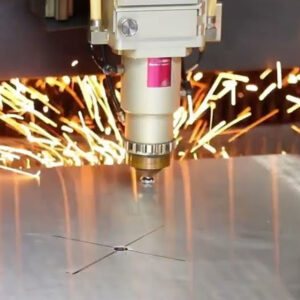
1. Advancements in Fiber Laser Cutting Method
Recent years again demonstrated amazing progress in the sphere of fiber laser cutting which expanded the potential of these machines. When production processes were more complex and manufacturers wanted improved efficiency and higher output quality new features and technologies appeared.
Key Technological Advances
Adaptive Optics: Another revolutionary development is the possibility to change the Laser beam in adaptive optics. This feature helps to achieve the best cutting result irrespective of the thickness of the material and discards manual re-setting time. Hence, while removing and repositioning, adaptive optics are able to counter variations in the material in addition to the environment thus increasing cutting accuracy and rates.
Beam-Shaping Technology: Fiber lasers, use advanced beam shaping technologies that provide higher quality cuts. With this technology, the laser beam is able to be focused on a smaller diameter, thus increasing the cutting rate and decreasing heat affected zones. The consequence is that there is less material distortion which is most advantageous in precise cutting of materials.
High-Power Fiber Lasers: Basic cutting machines have been enriched with the help of the application of high-power fiber lasers. Thus, using the possibility of power which can be up to 20 kW or more, manufacturers are able to machine thicker material and at the same time remain loyal to the speed and accuracy which is characteristic of fiber lasers. This increased power allows the technology’s application in industries such as aerospace and heavy manufacturing where robust materials are the rule rather than the exception.
2. Adapting the Fiber Laser Cutting According to Material Kind
Most fiber laser cutting machines are deemed flexible because they can cut through a variety of materials, depending on the task thrown at them. As such, learning about how best to set up an environment for different material responses can greatly improve matters.
Optimizing Settings for Different Materials
Here, various materials have distinctive the way they respond to laser cutting therefore may require some tweaking to provide the best outcome. Here are some common materials and how to optimize fiber laser cutting for each:
Metals: Fiber lasers offer several advantages in cutting metals such as mild steel, stainless steel, aluminum and brass. The idea is to get away from burn-through while disabling the smearing of the edge at the same time. For instance, stainless will generally operate at lower power levels than mild steel since it is reflective.
Plastics and Composites: While cutting plastics, the operator has to set the power at a lower level just in case the plastic melts or curls up. The flexibility to speed and power allows the creation of necessary geometry without overheating surrounding tissues. When working with composites it’s important to comply with the specific layers in order not to cause delamination with relevant setting adjustments.
Thin Films and Foils: Working with thin materials is best done with speed and precision and that can only be achieved through power. Thin films and foils can be cut by fiber lasers rapidly without much heat influence with a high level of accuracy and a small kerf width. It is based on this capability that the outsourcing firm truly stands to benefit especially in industries like the electronics industry where precision is key.
Benefits of Material-Specific Settings
As a result, by setting predetermined functions for various materials, time and wastage can be conserved, cut quality and productivity can be improved. One of the strengths of fiber laser cutting technology is that it can work with different kinds of material without having to fuss about recalibrating the machine for too long.
3. Automation in Fiber Laser Cutting: Boosting Productivity
Technology is universal in today’s production industry and fiber laser cutting machines are among the leading tools in automation. The inclusion of automated features makes it very possible to increase the levels of productivity as well as the operation of these machines.
How Automation Enhances Efficiency
Robotic Loading and Unloading: Sheet metal laser cutting machine can load and unload themselves and other components to keep running and minimize manual interference. Such automation cuts the time used in setting up and eliminates chances of human interference hence improving the throughputs and accuracy.
Smart Software Integration: High level software packages are being incorporated into the fiber laser machines to allow the operators to control the workflow, track the performance of each machine and make modifications on the fly through a master control panel. This integration simplifies processes and improves decision making for operators because they can use the system to respond to the changes in production requirements.
Dynamic Cutting Technology: Most contemporary fiber laser cutting machinery has dynamic cutting included; it is an algorithm that changes the cutting settings according to feedback. This capability enables the machine to adapt the speed, power and focus in relation to the particular material or thickness of the work being cut.
Case Studies in Automation
Numerous organizations, which have adopted automation in fiber laser cutting lines have realized enhanced productivity in their production. For instance, a manufacturer of automotive components streamlined his or her production line with robotic loading systems, which enhanced production by 30% but decreased labor costs by 20 %. Such improvements are indicative of how automated fiber laser cutting systems are capable of increasing efficiency.
4. Understanding Total Cost of Ownership (TCO) in Fiber Laser Cutting
The ownership cost of a fiber laser cutting machine should be properly understood in relation to the Total Cost of Ownership (TCO). The immediate costs associated with the item acquisition can be steep, but it is equally important to move past this and think through the prevailing costs and gains in the long run.
Breaking Down TCO for Fiber Laser Machines
Initial Purchase Costs: The cost of a metal laser cutting machine depends on the model, power and additional operational features. Among the different products, a higher power machine having better features is costly as compared to a lower power machine. However, business organizations should look at this expense in relation to increased efficiency and reduced operational costs within the firm.
Operational Expenses: Relative to other laser cutting technologies, fiber laser machines have very low operational costs. It takes less electrical power than the conventional cutting technologies and such methods utilize minimal expendable commodities, hence minimizing operational costs. For example, fiber lasers consume 50% less energy than CO2 lasers in the same cutting processes.
Maintenance and Repair: In comparison with the other types of laser cutting machines, fiber laser cutting machines require lesser amounts of maintenance. ‘With fewer parts to move, fewer services needed and less often, the maintenance costs come in lower which, in turn, contribute toward making the TCO a good deal.’ There are huge savings both in terms of money in labour and parts that are required to be spent during the entire life cycle of the machine.
Long-Term ROI: When calculating the TCO of the utilization of fiber laser cutting devices, more attention should be paid to the ROI in the long-term perspective. In other words, reduced operating expenses, infrequent interruptions, and increased efficiency create great value, which pays off within a couple of years.
Analyzing TCO with Real-world Examples
For instance, a fabrication shop which installed a fiber laser cutting used it and realized a payback period of 18 months only. More productivity and less operational cost determined the company’s ability to diversify its products and services hence the increased sales revenue.
5. Precision and Quality Standards in Fiber Laser Cutting
Precision is one of the things fiber laser cutting machines do better than anything else. These machines are not relied upon by industries across the board because they cut accurately, but because they help waste suppression with a consistent quality result. Yet, for today’s manufacturers that combination is essential.
How Fiber Lasers Achieve Exceptional Quality
Fiber lasers are precision tools to think of. This means that they can achieve an accuracy level down to microns, basically razor sharp cutting. And in industries like aerospace or medical devices, where there’s zero room for error, it’s necessary. When it’s hard to do something right. and you need to get it done properly with complex or delicate materials … It’s not just about doing the job, it’s about doing it really right.
Built-in Quality Control Systems
The cutting conditions are continuously checked by modern fiber laser machines with a high degree of quality control. This includes real-time information on power, speed, and focus. When something is even slightly off, what if you had a system that could instantly adjust these settings? Almost like you had a built in quality inspector on every cut? This kind of smart automation makes sure the quality is maintained, cutting down on any extra finishing work needed, so less time and resources are spent.
Certification and Compliance for Regulated Industries
Companies were usually in very stringent industries that required quality standards like, but not limited to, ISO or AS9100 certifications. With fiber laser machines, these benchmarks can be achieved consistently, including regulatory demands, as parts are more easily produced. A huge reassurance for manufacturers who require top quality components without fail.
6. Fiber Laser Cutting for Custom and Prototyping Applications
Fiber lasers are perfectly suited to answer the cry for custom products and prototypes in the market right now. These machines play nicely with one-offs, or small runs of whatever, and provide a level of flexibility that other cutting methods can’t compete with.
Addressing Customization and Prototyping Demands
Fiber lasers provide a huge swing in ways that manufacturers can switch quickly. But fiber lasers don’t necessarily have to be stuck in a detailed design for a long time. They can shift from one configuration to another with little fuss. Especially useful in prototyping, multiple designs need to be tried quickly to see what works best. Rapid iterations made possible by fiber lasers allow for the innovation process to move them from concept to product much faster than ever.
Real-Life Examples of Fiber Laser Versatility
Fiber lasers have made a noticeable impact in the custom manufacturing space. Let’s say that a small metalworking shop making custom signage is our example. With a fiber laser, this store is able to create moving, detailed designs that wouldn’t be possible with other cutting tools. This means they can take custom orders to meet customers’ specific demands for intricate cuts, giving their business a much more novel angle to operate. What this does is let fiber lasers act as a powerful asset because it’s that added flexibility that allows them to serve a wider range of customers.
7. Integrating Fiber Laser Cutting with Digital and IoT Systems
Due to the fact that digital and IoT technology is getting more and more accessible, fiber lasers are starting to incorporate such smart features. Today, remote monitoring and diagnostics capabilities for fiber laser machines are commonplace, as a result of IoT. It’s more than a tech upgrade—it’s a move that will help you ramp up machine uptime and efficiency.
The Benefits of IoT-Enabled Fiber Laser Machines
Real-Time Monitoring: Manufacturers can monitor how machine conditions like temperature, power usage, and wear on key parts are affecting the condition of machines themselves from anywhere. Having this data at the snap of your fingers allows you to find problems quickly and fix them before they become large issues and unexpected downtime.
Predictive Maintenance: IoT doesn’t just measure performance but uses it to predict when maintenance actually is required. By using actual machine performance companies can now plan, rather than maintain to a standard schedule, thereby avoiding unnecessary service, while ensuring that machines work as required.
Optimized Production: Manufacturers are making more informed scheduling decisions with real time data from IoT enabled machines. Here’s an example; if one machine was down temporarily, then this can easily be adjusted for and production schedules can be readjusted so everything just keeps running smoothly and delays are avoided.
8. The Future of Fiber Laser Cutting Technology
But lots of potential yet to be unlocked with fiber laser cutting technology. With the rate at which we’re evolving manufacturing, it can only mean fiber lasers fulfil a big role in the future of the next wave of innovation, and some interesting trends are on the horizon already.
Key Trends Shaping Fiber Laser Technology
Sustainability: Fiber lasers exist and are naturally more energy efficient than traditional methods, but many manufacturers are under pressure to reduce their environmental impact. A big plus for companies looking to save costs while hitting sustainability goals is energy efficiency.
AI and Machine Learning: Fiber lasers are on the verge of further advancement with artificial intelligence and machine learning. Consider what kinds of things a machine might do if it’s able to optimize its own settings based on historical data, or predict the best cutting path in order to achieve maximum efficiency. With AI, fiber lasers could get smarter and faster to reduce waste, increase output.
Cutting New Materials: Fiber lasers are being adapted to accommodate the surge of high-tech materials entering the market, such as composites and alloys. This versatility is especially important for industries, such as aerospace and advanced manufacturing, where cutting edge materials are in play and tools need to enable the industry to stay abreast with evolving demands.
Conclusion
Fiber laser cutting machines marks a big step forward for manufacturing. A blend of precision, efficiency and adaptability it’s hard to beat is what they offer. Investing in fiber laser technology isn’t just about meeting today’s needs. It’s about getting set up for future growth as the technology improves. If you understand what fiber lasers have to offer manufacturers, you’re better prepared to face new challenges and take advantage of opportunities coming on the horizon.

